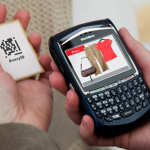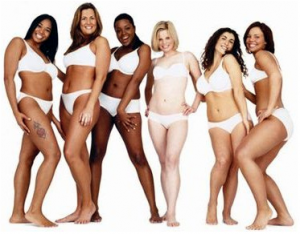The Recession Will Be Over When Moms Say It’s Over

Marketing to Moms During the Recession
Though Warren Buffet recently ruled out a double-dip recession in the U.S., ultimately it’s our country’s moms who will decide when the economy starts showing real signs of recovery.
75 million U.S. moms make or influence 85 percent of all household purchase decisions, representing $2.1 trillion in annual spending power. Brands are counting on American mothers to help them survive the current economic slump, but getting moms to unleash their “purse power” continues to be a struggle.
With up to 45 percent of moms insisting they have “eliminated anything they don’t feel is absolutely necessary from their lives,” and another 29 percent having found ways to cut back on spending in response to the current economic climate, moms are putting brands, products and services under tighter scrutiny than ever before, and making sure every dollar is spent wisely.
According to a BSM Media Study, moms focus on the needs of their families first, and then look for the smaller luxuries they can afford for themselves. Instead of a new pair of boots, in this economy it might be a new magazine or lipgloss. And while nesting was a social issue in the days following 9/11, today it’s an economic one, with 81 percent of moms cutting back on eating out, and 72 percent reducing their out-of-house entertainment altogether, according to a recent USA Today/Gallup Poll.
What does this mean for marketers? It means that moms are interacting with their favorite brands in new ways – like Starbucks on a weekly instead of a daily basis, or Costco pizza instead of Friday night delivery. Experts believe this state-of-mind will continue even after the recession is over for many American families.
Moms have always been more brand loyal than men, but they require more frequent interaction and communications designed specifically for them. Marketers need to make the extra effort to build relationships with their female consumers, whether it’s through social media, influencer recommendations or customer appreciation. They need to start marketing with moms, not at them.
Are moms still loyal to your brand through these economic times?









